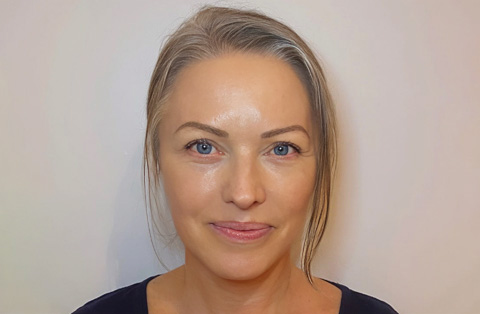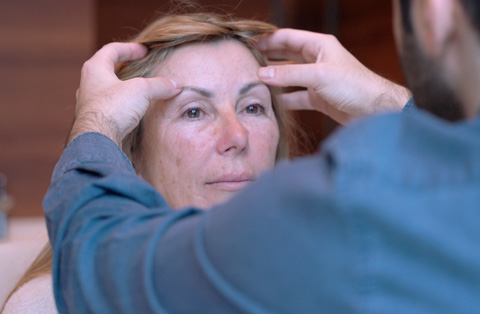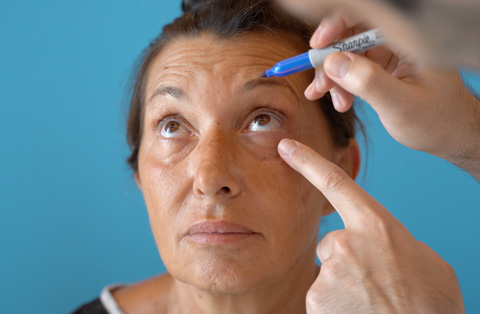Are you considering a facelift to rejuvenate your appearance? Understanding the recovery process is essential to planning your cosmetic surgery journey.
A facelift can dramatically improve your facial contours, reducing signs of aging. However, knowing what to expect during recovery can help you prepare both mentally and physically.
This article will cover the key stages of facelift recovery, including the timeline, tips for a smooth healing process, and what to avoid. Dive in to learn how to ensure a successful and swift recovery, so you can enjoy your refreshed, youthful look.
Recovery Process After a Facelift Surgery: Stages of Recovery
The recovery process after a facelift surgery involves several stages, each marked by different symptoms and levels of healing.
Immediate Post-Surgery (First Week)
During the first few days, you may experience swelling, bruising, and mild discomfort. Your surgeon will provide pain medication to manage any pain. Keeping your head elevated and applying cold compresses can help reduce swelling. You might also have bandages or drains in place, which are usually removed within the first few days.
Early Recovery (Weeks 1-2)
By the end of the first week, most patients can resume light activities. Swelling and bruising will gradually decrease. Follow your surgeon's instructions on wound care to prevent infection. Avoid strenuous activities and keep your face protected from direct sunlight.
Mid Recovery (Weeks 3-4)
Around the third and fourth weeks, you’ll notice significant improvements in swelling and bruising. Most patients feel comfortable returning to work and social activities at this stage. It's important to avoid heavy lifting or vigorous exercise until your surgeon gives the green light.
Late Recovery (Months 2-3)
Complete healing and final results become more apparent after two to three months. Residual swelling may persist, but it will continue to diminish. Your scars will also start to fade and flatten. Maintaining a healthy lifestyle and following your surgeon's advice will support long-term results.
By understanding these stages, you can better prepare for your facelift recovery and achieve the best possible outcome.
How Long does It Take to Recover From a Facelift?
The recovery time from a facelift varies for each individual, but there are general timelines that most patients can expect.
During the first one to two weeks, you will experience the most significant swelling and bruising. Pain and discomfort are common, but these can be managed with prescribed medications. Many patients feel well enough to resume light activities after the first week.
By the third and fourth weeks, swelling and bruising will have reduced significantly. Most patients can return to work and engage in social activities, although some residual swelling and tightness may still be present.
Complete recovery and final results are typically seen after two to three months. At this stage, most of the swelling will have resolved, and scars will begin to fade. Patients can return to all normal activities, including vigorous exercise.
While the majority of the healing occurs within the first few months, subtle improvements in scar appearance and skin texture can continue for up to a year.
Facelift Recovery Time Differences by Type of Facelift
The recovery time for a facelift can vary depending on the specific type of facelift procedure performed. Each type of facelift addresses different layers of facial tissue and may involve varying levels of invasiveness, which affects the overall recovery process.
Below is a comparison chart highlighting the recovery times for four common types of facelifts: Traditional Facelift, Deep Plane Facelift, Extended High SMAS Facelift, and Mini Facelift.
Facelift Type | Description | Initial Recovery | Mid Recovery | Long-Term Recovery |
Traditional Facelift | Involves lifting and tightening the deeper layers of facial muscles and skin. Addresses moderate to severe signs of aging. | 2-3 weeks | 4-6 weeks | 3-4 months |
Deep Plane Facelift | Focuses on lifting the deeper layers of facial tissue, including muscles and fat. Provides more natural and longer-lasting results. | 3-4 weeks | 6-8 weeks | 4-6 months |
Extended High SMAS Facelift | Involves repositioning the superficial muscular aponeurotic system (SMAS) for more comprehensive lifting of the mid and lower face. Addresses significant sagging and volume loss. | 3-4 weeks | 6-8 weeks | 4-6 months |
Mini Facelift | A less invasive procedure that targets mild to moderate signs of aging, focusing on the lower face and neck. | 1-2 weeks | 2-4 weeks | 2-3 months |
Detailed Comparison
Traditional Facelift
Initial Recovery: Most swelling and bruising subside within 2-3 weeks.
Mid Recovery: Significant improvement in appearance; can return to work and social activities.
Long-Term Recovery: Complete healing and final results visible within 3-4 months.
Deep Plane Facelift
Initial Recovery: Noticeable swelling and bruising for the first 3-4 weeks.
Mid Recovery: Gradual reduction in swelling; can resume most activities.
Long-Term Recovery: Final results evident in 4-6 months, with subtle improvements continuing.
Extended High SMAS Facelift
Initial Recovery: Significant swelling and bruising for 3-4 weeks.
Mid Recovery: Marked improvement in facial contours; return to regular activities.
Long-Term Recovery: Full recovery and optimal results in 4-6 months.
Mini Facelift
Initial Recovery: Minimal swelling and bruising, typically subsiding within 1-2 weeks.
Mid Recovery: Can return to work and normal activities within 2-4 weeks.
Long-Term Recovery: Final results visible within 2-3 months.
What to Do If You are not satisfied from Your Facelift Results?
If you are not satisfied with your facelift results, there are several steps you can take to address your concerns and achieve the desired outcome.
1. Communicate with Your Surgeon
Schedule a follow-up appointment with your surgeon to discuss your concerns. Open communication is key to understanding what aspects of the results you are unhappy with. Your surgeon can provide insights into the healing process, as some issues may resolve over time.
2. Allow Adequate Healing Time
Facelift recovery can take several months. Swelling, bruising, and subtle changes can affect the initial appearance. Ensure you have given enough time for complete healing before making any final judgments about the results.
3. Consider Revision Surgery
If your concerns persist after the full recovery period, discuss the possibility of revision facelift surgery with your surgeon. Revision surgery can address specific issues, such as asymmetry, residual sagging, or facelift scar improvements.
4. Seek a Second Opinion
Consult another board-certified plastic surgeon for a second opinion. They can provide an objective assessment of your facelift results and recommend potential solutions.
5. Focus on Healthy Habits
Maintaining a healthy lifestyle, including proper skincare, a balanced diet, and avoiding smoking, can support the longevity and appearance of your facelift results.
6. Manage Expectations
Understand that no surgical procedure can achieve perfection. Realistic expectations and focusing on the overall improvement rather than minor imperfections can help you feel more satisfied with your results.
Frequently Asked Questions
How long does it take to look normal after a facelift?
Most patients start to look normal about 2-3 weeks after a facelift, as swelling and bruising significantly decrease. However, complete healing and the final results can take up to 2-3 months, with subtle improvements continuing for up to a year.
How soon after facelift can I walk?
You can start walking the day after your facelift surgery. Gentle walking promotes blood circulation and helps reduce swelling. Avoid strenuous activities and keep your head elevated. Follow your surgeon's specific post-operative instructions for the best recovery results.
Does skin age faster after a facelift?
No, a facelift does not make skin age faster. Aging continues at a natural rate. The facelift improves appearance by tightening skin and tissues, but maintaining results depends on factors like skincare, sun protection, and overall health. Follow your surgeon's advice for best results.
What is the most painful day after a facelift?
The most painful day after a facelift is typically the first or second day. Pain and discomfort are most intense during this initial period. Your surgeon will prescribe pain medication to manage it. Swelling and bruising will gradually decrease over the following days.
When does a facelift look its best?
A facelift looks its best around 2-3 months after surgery. By this time, swelling and bruising have significantly reduced. Final results are visible, revealing a rejuvenated and more youthful appearance. Subtle improvements may continue for up to a year.
Can I go back to work 2 weeks after facelift?
Yes, most patients can return to work two weeks after a facelift. By this time, swelling and bruising have usually diminished enough. Ensure you follow your surgeon's advice on activity levels and avoid strenuous tasks to support your recovery.
Does endoscopic facelift recovery time shorter?
Yes, endoscopic facelift recovery time is generally shorter. This less invasive technique results in smaller incisions and less tissue trauma. Most patients experience reduced swelling and bruising, allowing them to resume normal activities sooner compared to traditional facelift procedures.






